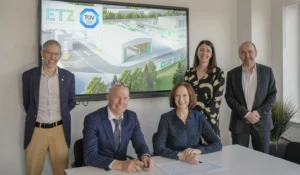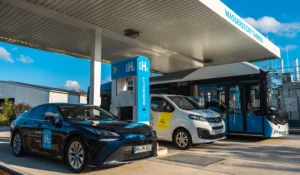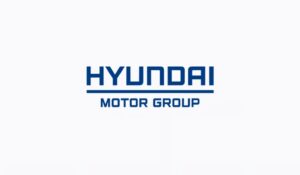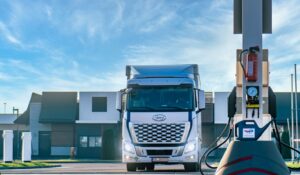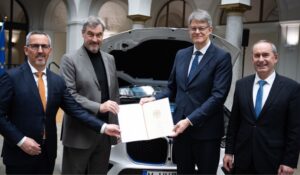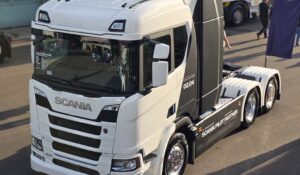Hydrogen Council says cost gap could close by 2030 – if policies are delivered and infrastructure follows
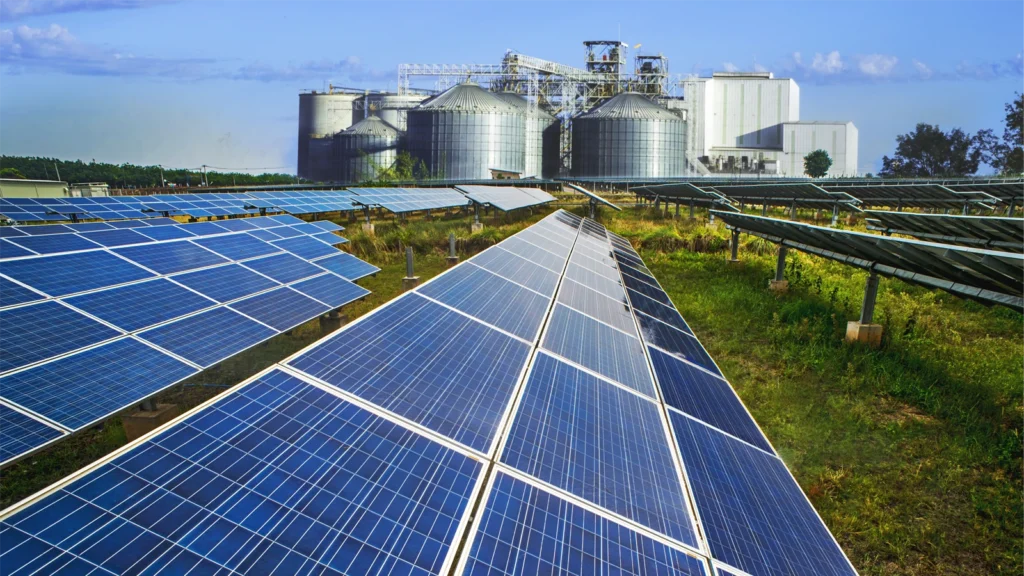
A new report from the Hydrogen Council, developed with analytical support from McKinsey & Company, outlines a possible pathway for unlocking up to 34 million tonnes (Mt) per year of clean hydrogen demand across the EU, US and East Asia by 2030.
The report, titled – Hydrogen: Closing the Cost Gap – finds that this demand could materialise under current market conditions, but only if existing policy commitments are implemented effectively and supported by timely infrastructure investment.
Of the 34 Mt identified, around 8 Mt p.a. already carries a viable business case, based on current policies and incentives.
Another 13 Mt p.a. could become viable with modest cost improvements and infrastructure expansion.
The remaining 13 Mt p.a. faces more substantial barriers – largely economic – but sits in sectors where hydrogen may eventually be the only viable decarbonisation option.
If realised in full, this projected demand would deliver up to 250 million tonnes of CO₂ equivalent abatement per year – roughly equivalent to Spain’s total annual emissions.
“A successful energy transition will be achieved through multiple solutions, including hydrogen”, said Sanjiv Lamba, CEO of Linde and Co-chair of the Hydrogen Council.
“As we see compelling business cases emerge, the successful implementation of existing policies in key markets will be essential for advancing a substantial volume of clean hydrogen and its derivatives within this decade.”
Demand tiers: what’s ready, what’s next, and what’s still out of reach
The Council segments potential clean hydrogen demand into three categories, based on cost competitiveness and infrastructure readiness:
- ~8 Mt p.a. – demand with a positive business case today, supported by existing policy frameworks. This includes refining and ammonia production in the EU and US, and clean ammonia co-firing in the power sectors of Japan and South Korea.
- ~13 Mt p.a. – demand that is within ~$0.50/kg of cost parity, requiring infrastructure deployment (especially CCS and refuelling stations), larger-scale hydrogen production, and continued policy support.
- ~13 Mt p.a. – demand in hard-to-abate sectors – notably aviation, shipping, methanol, and high-temperature industrial heat – where hydrogen is one of the few long-term options, but significant economic and logistical hurdles remain.
The Council notes that while the first 8 Mt is realistic under current regulation, the remaining 26 Mt will depend on further policy delivery, infrastructure buildout, and supply chain maturity.
Where policies are already moving the dial
Policy support is beginning to take effect in key regions:
Europe:
The Renewable Energy Directive (REDIII) mandates that 42.5% of hydrogen used in industry be renewable by 2030, rising to 60% by 2035.
This is reinforced by the EU ETS and Carbon Border Adjustment Mechanism (CBAM), which together create a price signal for emissions-intensive alternatives.
Capex support is also available via the EU Hydrogen Bank, with incentives worth up to ~$1.2/kg.
Japan:
The government’s ¥2.8 trillion Contracts for Difference (CfD) programme is designed to support clean ammonia and hydrogen in the power sector, covering the gap between clean fuels and conventional fossil feedstocks.
South Korea:
Through its Clean Hydrogen Portfolio Standard (CHPS), the country has set a target of 9,500 GWh of hydrogen or ammonia-based power generation by 2028.
United States:
The Inflation Reduction Act offers supply-side tax credits of up to $3/kg for clean hydrogen (45V) and $85/tonne for carbon sequestration (45Q).
Additional demand-side incentives are available through state-level LCFS schemes, particularly in California.
Jaehoon Chang, Vice Chair of Hyundai Motor Group and Co-chair of the Hydrogen Council, said the findings reinforce the opportunities already being seen on the ground: “In addition to advancing decarbonisation, establishing hydrogen as an ‘everyday energy’ is unlocking tangible business opportunities.
“It’s encouraging to see the report highlight the potential uptake of hydrogen in transport, which is consistent with our experience pioneering sustainable port-decarbonising fleets and clean logistics businesses using our hydrogen fuel cell heavy-duty trucks in real world applications.
“To further boost demand and lower cost”, he added, “we need supportive frameworks that will further foster a virtuous cycle within the hydrogen ecosystem.”
What it takes to unlock the next tranche
The next 13 Mt p.a. of demand sits just short of commercial viability, but could be enabled by cost reductions and targeted infrastructure.
Most of this demand is concentrated in refining and ammonia production, especially in the US, where CCS infrastructure along the Gulf Coast will be critical.
In the EU, CCS development in the North Sea, along with import infrastructure and intra-regional pipelines, could help reduce delivered costs.
Hydrogen refuelling infrastructure will also be key – particularly for heavy-duty transport, where cost parity remains close but unachievable without reliable station coverage.
The Council highlights that while supply-side incentives are important, demand-side support – such as quotas, penalties, or procurement guarantees – will often be the decisive factor in unlocking use cases near breakeven.
The long-term segment: high cost, limited alternatives
The final category: ~13 Mt p.a. of potential demand – spans end uses that lack economically viable clean alternatives, but remain outside the bounds of policy and infrastructure today.
These include:
- Aviation, where synthetic fuels face a cost gap of up to $5/kg compared to kerosene.
- Shipping, where clean ammonia or methanol remains expensive and infrastructure-limited.
- Industrial heat, including steelmaking and high-temperature processes, where fossil fuels remain dominant and cheap.
Although these segments are unlikely to scale significantly before 2030, the Council argues that near-term groundwork is essential – particularly in building eSAF supply chains, bunkering infrastructure, and reconversion terminals.
Production, trade, and cost competitiveness
Clean hydrogen production costs by 2030 are expected to range from $1.2-3.5/kg for low-carbon hydrogen and $3-11/kg for renewable hydrogen, depending on region and feedstock.
Regions with low-cost gas and CO₂ storage – such as the US Gulf Coast – are expected to become early exporters of low-carbon ammonia and methanol.
Iberia, with strong renewable potential and pipeline links to northern Europe, is also seen as a likely supply hub.
Trade is expected to begin with derivatives – primarily ammonia and methanol – given the technical and economic challenges of transporting pure hydrogen at scale.
Reconversion losses and infrastructure costs can be significant, adding ~$1.9/kg to landed hydrogen prices in some cases.
An achievable start, but not self-executing
In total, the Hydrogen Council believes that around 75% of the potential 34 Mt of clean hydrogen demand is concentrated in established use cases – refining, ammonia, methanol – with the remaining 25% emerging in sectors like power, transport, maritime and aviation.
The report’s underlying message is clear: the clean hydrogen business case is emerging, particularly where policy and infrastructure align.
But progress is not automatic. Much of the early demand will depend not just on announcements, but on delivery – of policy, of infrastructure, and of coordination across sectors.
Ivana Jemelkova, CEO of the Hydrogen Council said: “Continued scale-up of hydrogen and its derivatives requires policy certainty and simplicity, as well as cross-sector collaboration on critical business-enabling measures, such as infrastructure.
“This report outlines concrete solutions to unlock business cases and advance energy security, competitiveness and sustainability priorities.”
The conditions are in place. What matters now is execution.

